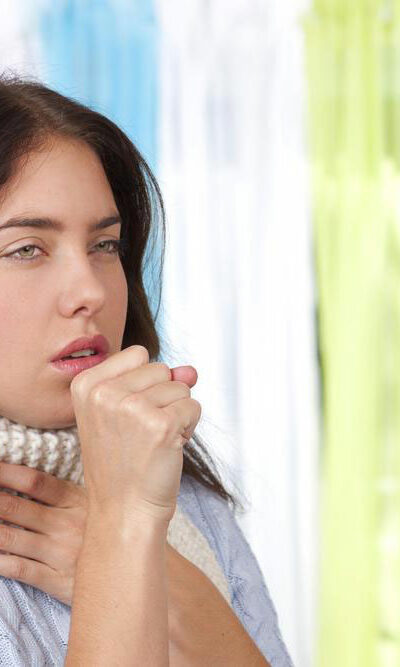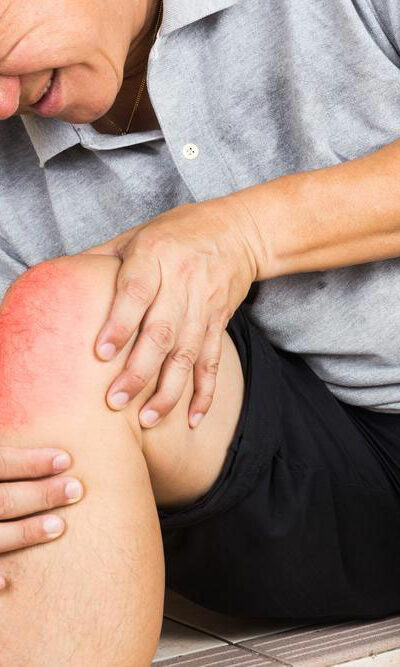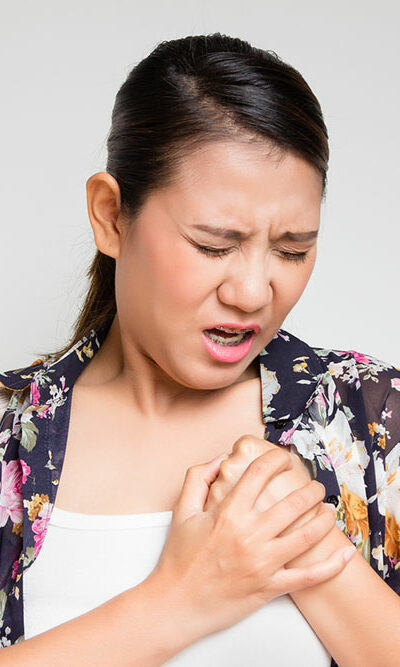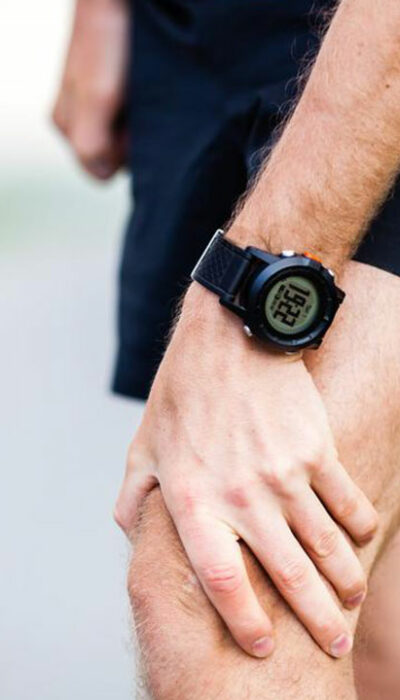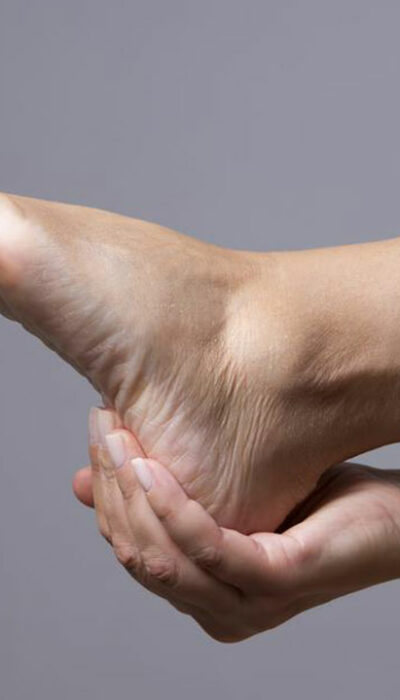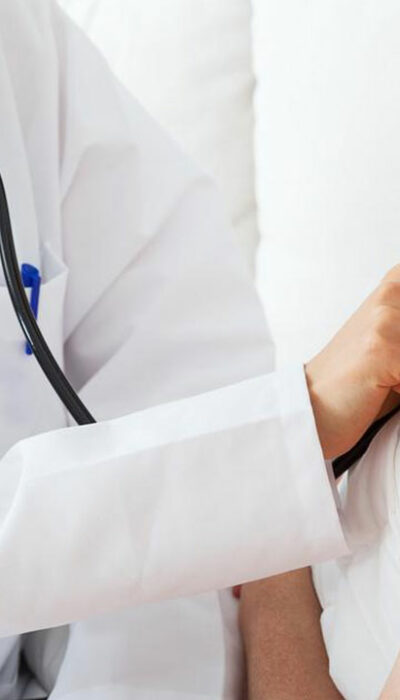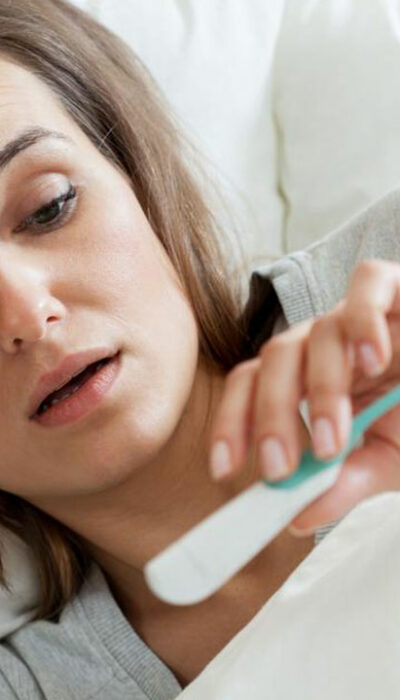
Tips to Get a Relief from Hemorrhoids
A hemorrhoid is a condition that is caused by the movement or swelling of tissues found in the rectum and anus. Although it can be uncomfortable and painful, the hemorrhoid is not dangerous. There are primarily three types of hemorrhoids: internal, external, and mixed hemorrhoids. Internal hemorrhoids are found inside the rectum, and they do not cause pain because the area doesn’t have any sensory nerves. On the other hand, external hemorrhoids are found under the skin near the anal aperture. Usually, they are itchy and they can be painful particularly during a bowel movement. Mixed hemorrhoids are a combination of both external and internal hemorrhoids. So how can you reduce the discomfort and pains that are associated with hemorrhoids? Keep reading to know more about hemorrhoid causes and ways to get a relief. Causes of hemorrhoids Anyone can suffer from hemorrhoids regardless of their age though this problem occurs more in people who are aged between 45 and 65 years. In young people, hemorrhoids occur in pregnant women or ladies who have just given birth. Although the exact cause of hemorrhoid is unknown, numerous factors enhance their development. You are at risk of suffering from this condition in case of the following situations. Lifting heavy loads frequently Lack of fiber in the diet Constipation or straining when passing stool Pregnancy and post delivery Sitting for a long time Obesity Symptoms linked to hemorrhoids include light bleeding, inflammation, burning sensation or pain, discomfort, and itching. So, what helps with hemorrhoid relief? Below are essential tips to help ease hemorrhoids symptoms and promote healing. Tips for hemorrhoid relief Increase your fiber intake – To get a hemorrhoid relief and prevent constipation you need to add fiber to your diet as well as increase your fluid intake. The best way to accomplish this is to take foods such as vegetables and fruits.
